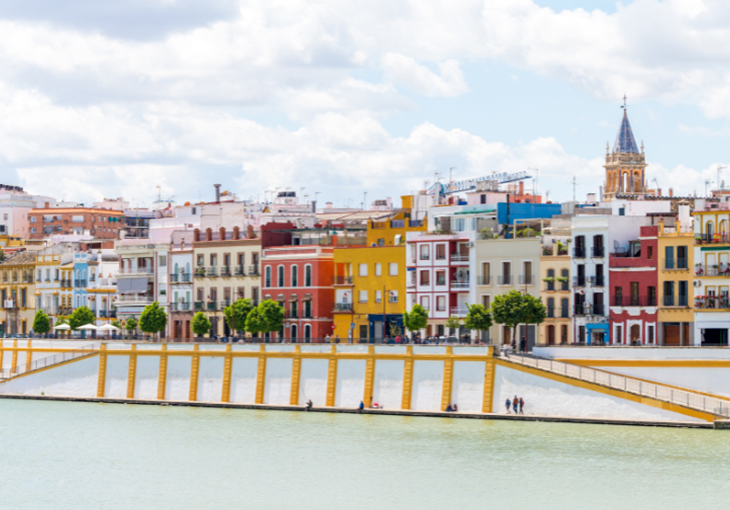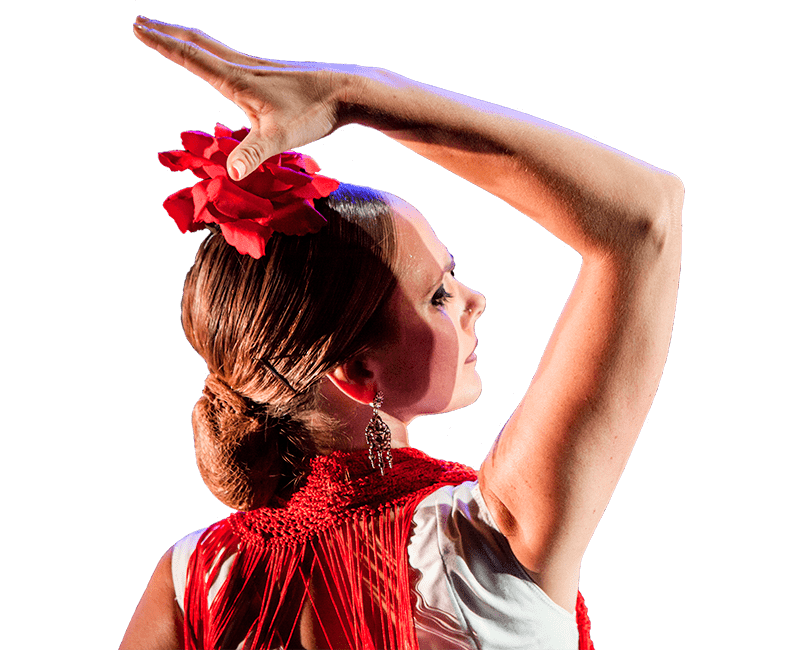Filtrar contenido

Triana y el flamenco: el barrio donde nació el duende
Descubre cómo Triana, cuna del flamenco, sigue siendo un símbolo vivo de este arte universal
Si hablamos de flamenco, es imposible no pensar en Triana, uno de los barrios más emblemáticos de Sevilla y cuna de este arte universal. Triana, con su historia llena de tradición, pasión y cultura, ha sido el escenario donde el flamenco se ha forjado como una expresión auténtica de la vida andaluza. Sus calles, patios y tabernas han sido testigos del nacimiento de grandes artistas y del desarrollo de un estilo único que ha trascendido generaciones.
Triana, un lugar donde late el corazón del flamenco
El barrio de Triana, situado junto al río Guadalquivir, ha sido durante siglos un hervidero de creatividad y un lugar donde diversas culturas han convivido, dejando su huella en la identidad del flamenco. En sus orígenes, Triana era el hogar de comunidades gitanas que, a través del cante, el baile y el toque, dieron forma a un arte que narraba sus vivencias, alegrías y penas.
A día de hoy, Triana sigue siendo un símbolo de autenticidad flamenca. Sus calles, como la mítica Calle Betis o la Plaza del Altozano, aún resuenan con ecos de guitarra y palmas. Además, lugares como el castizo mercado de Triana o las tradicionales corrales de vecinos recuerdan las raíces populares de este arte.
Artistas de leyenda nacidos en Triana
Triana ha visto nacer a algunos de los nombres más grandes del flamenco, artistas que han llevado el duende trianero a los escenarios más prestigiosos del mundo. Figuras como Antonio Canales, Remedios Amaya o los hermanos Toronjo tienen en común el haber bebido de la esencia flamenca que solo este barrio puede ofrecer.
No solo los grandes nombres han marcado la historia de Triana. También lo han hecho las voces anónimas, los tocaores que improvisaban en las tabernas o los bailaores que convertían cualquier rincón en un escenario. Este arte colectivo y espontáneo es parte de lo que hace único al flamenco de Triana.
Triana en la actualidad: tradición y modernidad
Aunque Triana ha evolucionado, el flamenco sigue siendo una parte fundamental de su identidad. Hoy, sus calles están llenas de talleres de guitarreros, academias de baile y espacios donde el flamenco se mantiene vivo. En lugares como Teatro Flamenco Sevilla, el espíritu de Triana se celebra cada noche, mostrando cómo este arte tradicional se adapta a los nuevos tiempos sin perder su esencia.
Teatro Flamenco Sevilla rinde homenaje a esta herencia, ofreciendo un espacio donde el público puede experimentar la intensidad del flamenco que nació en barrios como Triana. Cada espectáculo es un recordatorio de la pasión, el talento y la historia que este arte representa.
Triana no es solo un barrio; es un símbolo del flamenco en su forma más pura. Sus calles cuentan historias de duende, de noches eternas de cante y baile, y de una tradición que ha moldeado la cultura andaluza y española. Si quieres conocer el flamenco de verdad, no puedes dejar de explorar el alma de Triana.
En Teatro Flamenco Sevilla, te invitamos a sumergirte en esta magia y vivir en primera persona el arte que nació en las entrañas de este barrio legendario.
